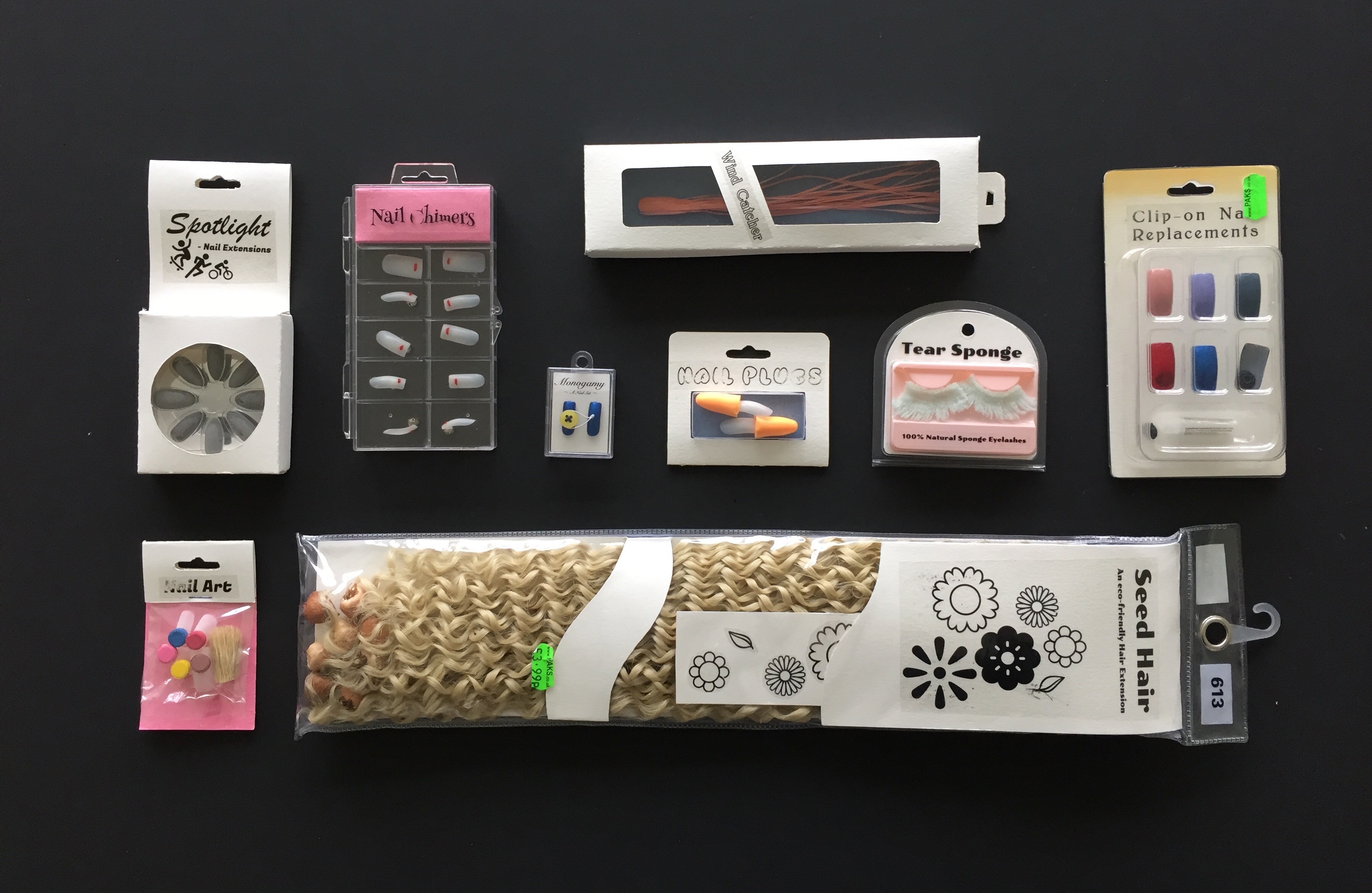Toy Extensions is the result of the merge of two standards,“How to Apply False Strip Eyelashes at Home” and “Toy Safety”. Through
research, a workshop, ideation, materialization and a short lm we were able to bring together a set of nine objects and a catalogue
zine. We see the connection between the toy and the social prosthetic as cyclical, one constantly influencing the other.
Our exploration of the link between both our topics began with us looking at the ways toys in uence children. When researchingthis topic we read articles, spoke to parents and children and we saw how children could be highly in uenced by the toys they weregiven. This in uence could be strong enough to steer then into specific career paths, shaping their lives in unexpected ways. Whenlooking closer at toy safety it is clear that its main focus is the physical safety of people. When regulators test toys they try their bestto determine how people might hurt themselves to preemptively try to stop dangerous situations from arising. They also add regulations after the toys have been released because it can be difficult to determine a person’s behaviour. This focus on the physical safetyof people, in turn, omits focusing on a person’s mental well being and how certain toys might affect them in the future.
Toys play a big part in every child’s life, it exposes them to ideas about themselves and the world around them. Physical objects embedded with expectations thought processes and interpretations of the world. Lessons they will most likely take with them into adulthood.
“Different types of toys give different messages about what’s appropriate for boys and girls to do, and have different educational content - both elements are important and might have a bearing on schooling and career choices later,” she says.Barford, Vanessa. “Do Children’sToys In uenceTheir Career Choices?” BBC News, BBC, 27 Jan. 2014
In adulthood, we see the emergence of the social prosthetic. We use the term social prosthetic to represent objects like hair extensions, false nails, and false eyelashes etc. These objects are complex and multifaceted, they can be empowering, used for self-expression and self-care but they also represent the unobtainable beauty standards persons strive to reach. Physical objects that represent an attempt to reach aesthetic “perfection”. In this attempt, persons add, tighten, tuck, pluck and stick foreign objects onto their bodies. Today, the beauty industry 445 billion dollars, for many companies their marketing strategy is based on promoting unrealistic standards so then persons feel the need to buy their products.
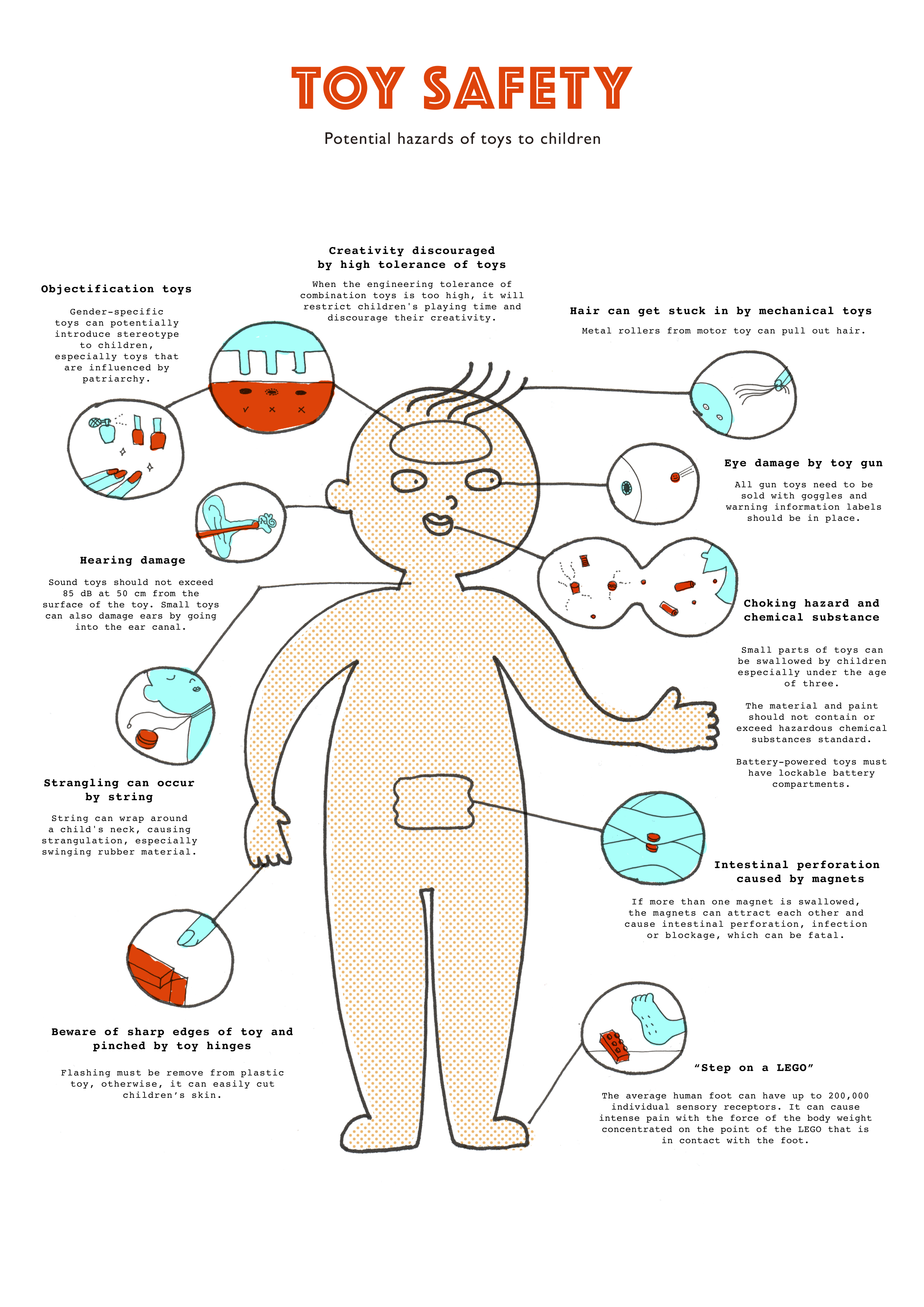


Our objects attempt to alter people’s interpretation of the social prosthetics by making them more playful. We imagine a different world were these altered social prosthetics are used by persons to understand the world around them, just as children use toys to understand their world. The aim is to disrupt beauty standards by utilizing playful techniques inspired by toys. We also speculate about the future where these objects are utilized and how this might in turn in uence toy design and ultimately again social prosthetic design.
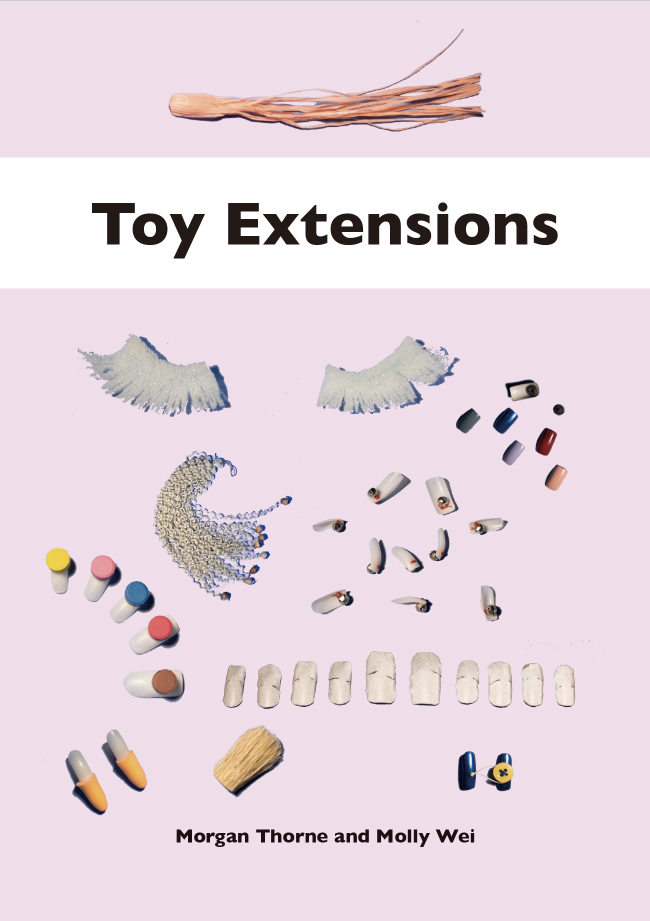
















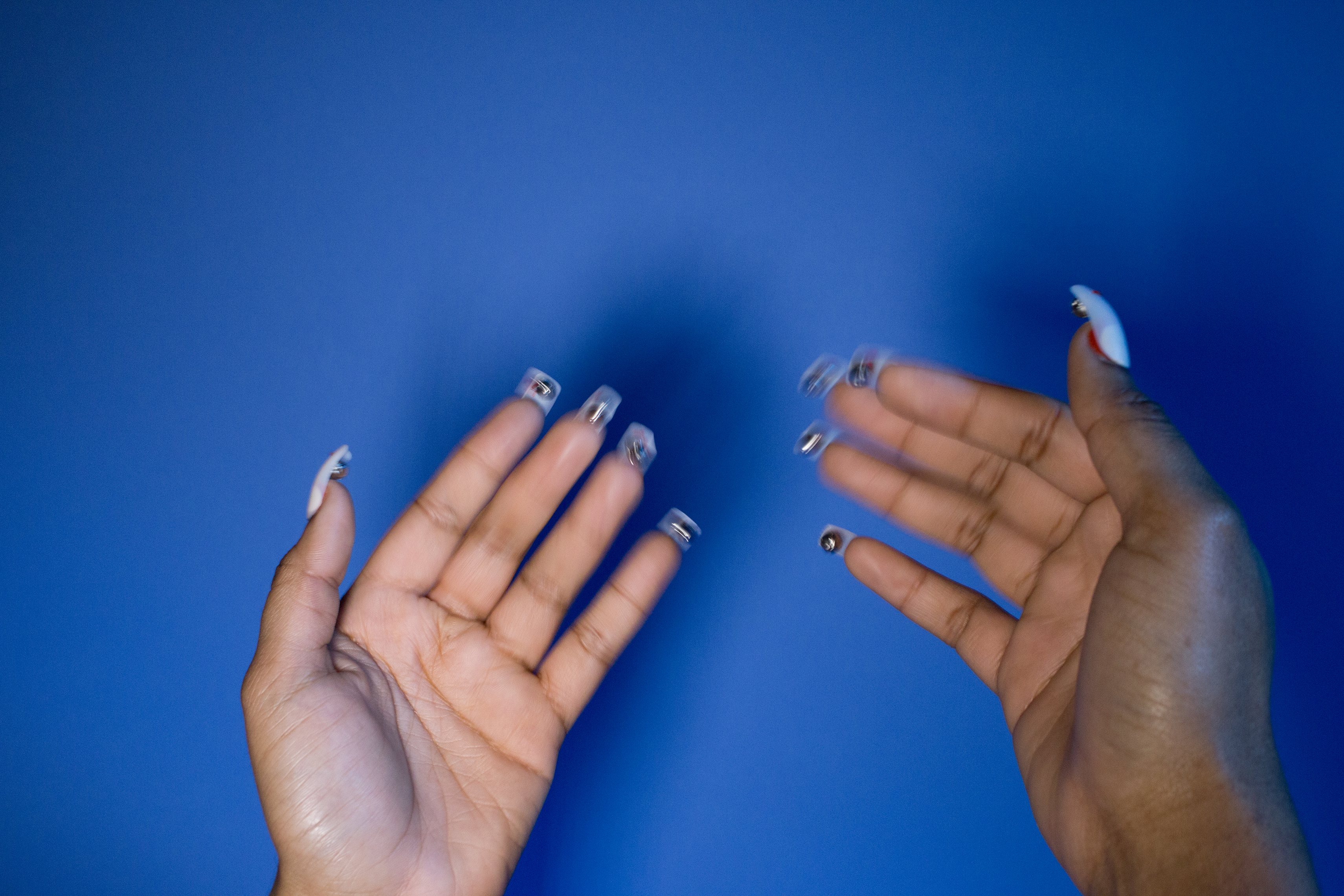



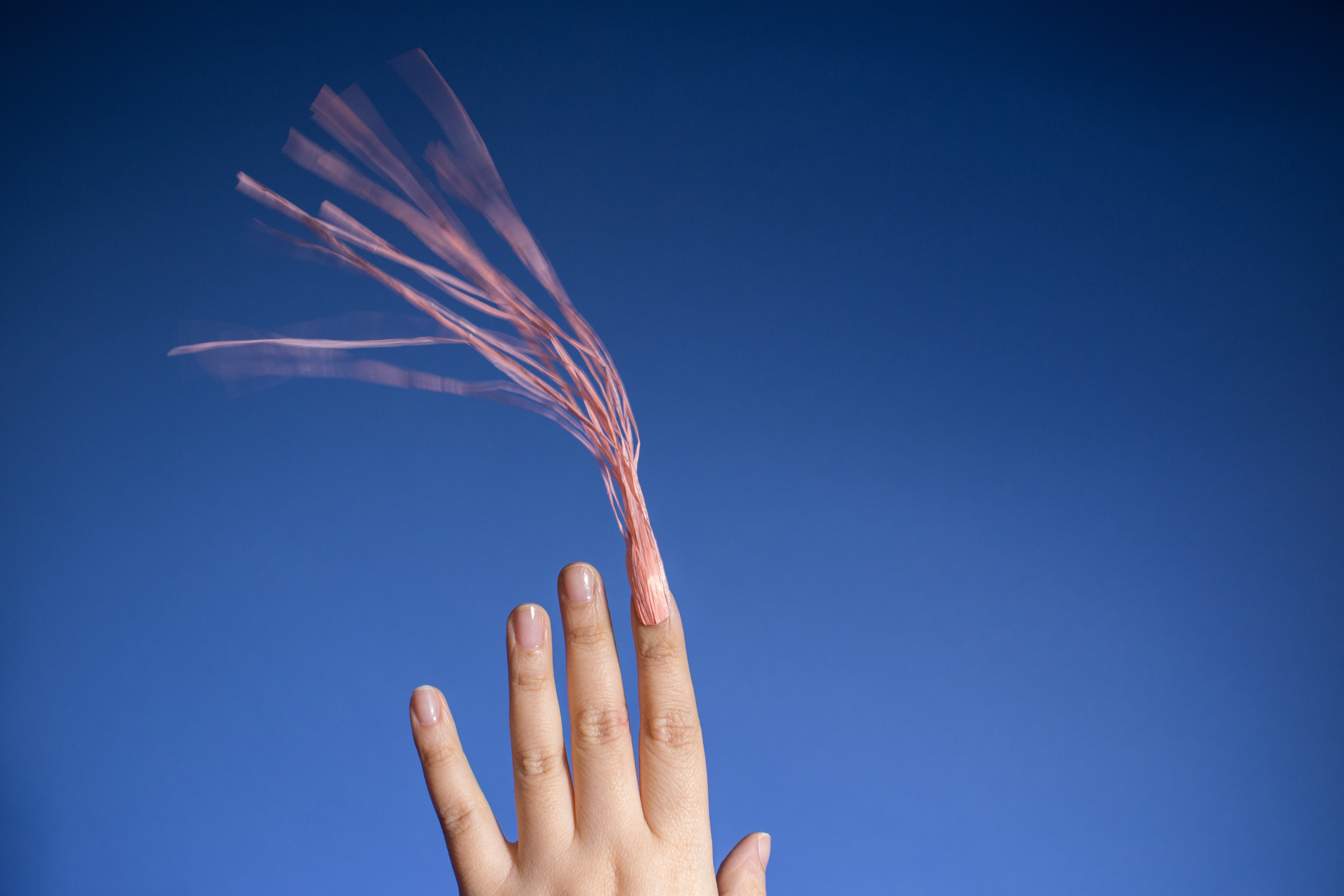
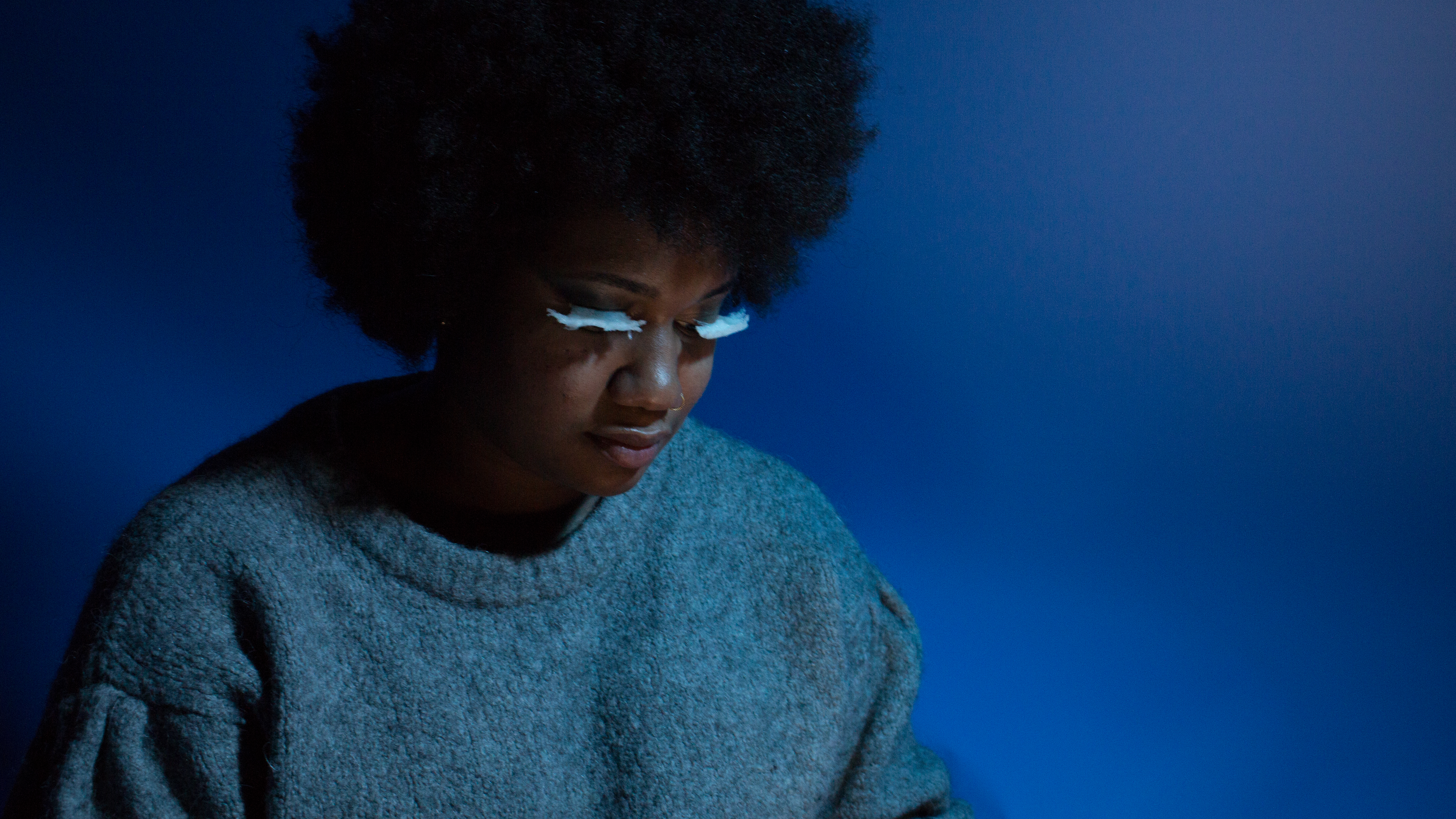






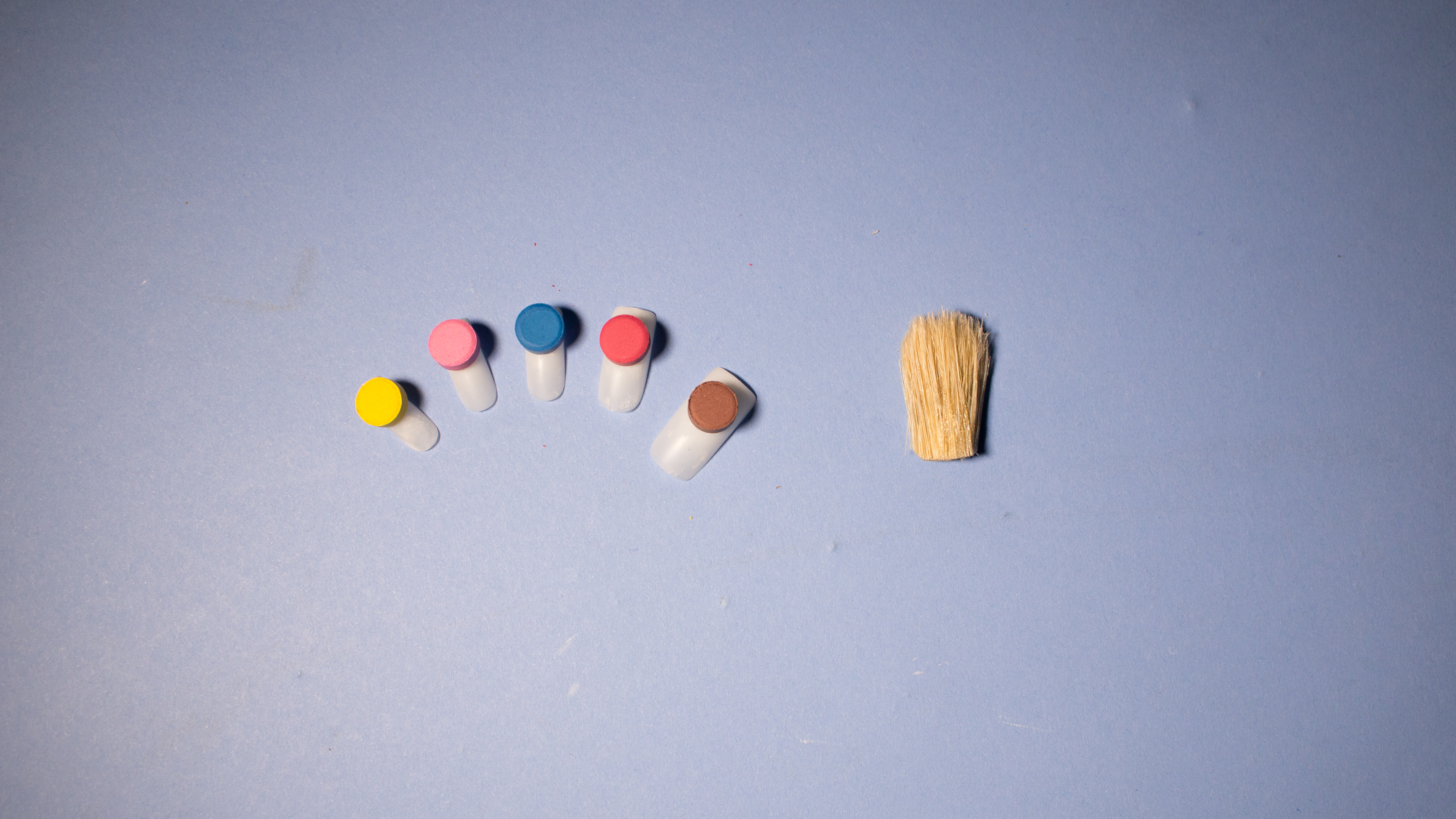

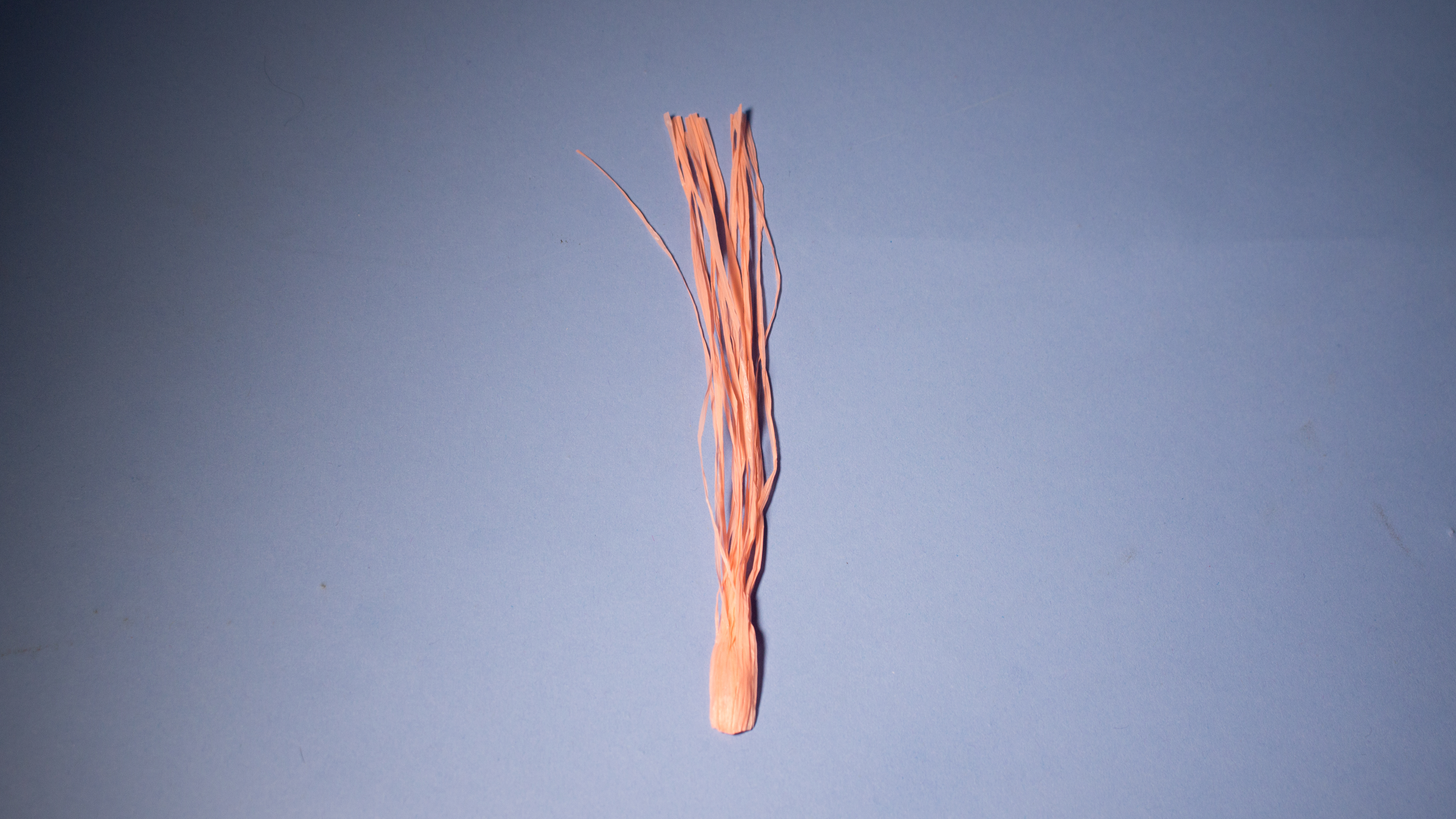

Our workshop was with children aged between 3-4 years old. We gave them a series of social prosthetics as well as craft materials to allow them to create their own extensions. It was important for us to get a chid’s perspective on the topic because we realised that both the social prosthetic and the toy were both dictated by the adult.



“The Bridge” --age 3

BSI Standards Forum & Awards 2018
This work was also shown at the annual BSI Standards Forum & Awards 2018 at the Park Plaza London Riverbank. We were invited by the BSI to talk about o work with the guests of this event.
This work was also shown at the annual BSI Standards Forum & Awards 2018 at the Park Plaza London Riverbank. We were invited by the BSI to talk about o work with the guests of this event.
